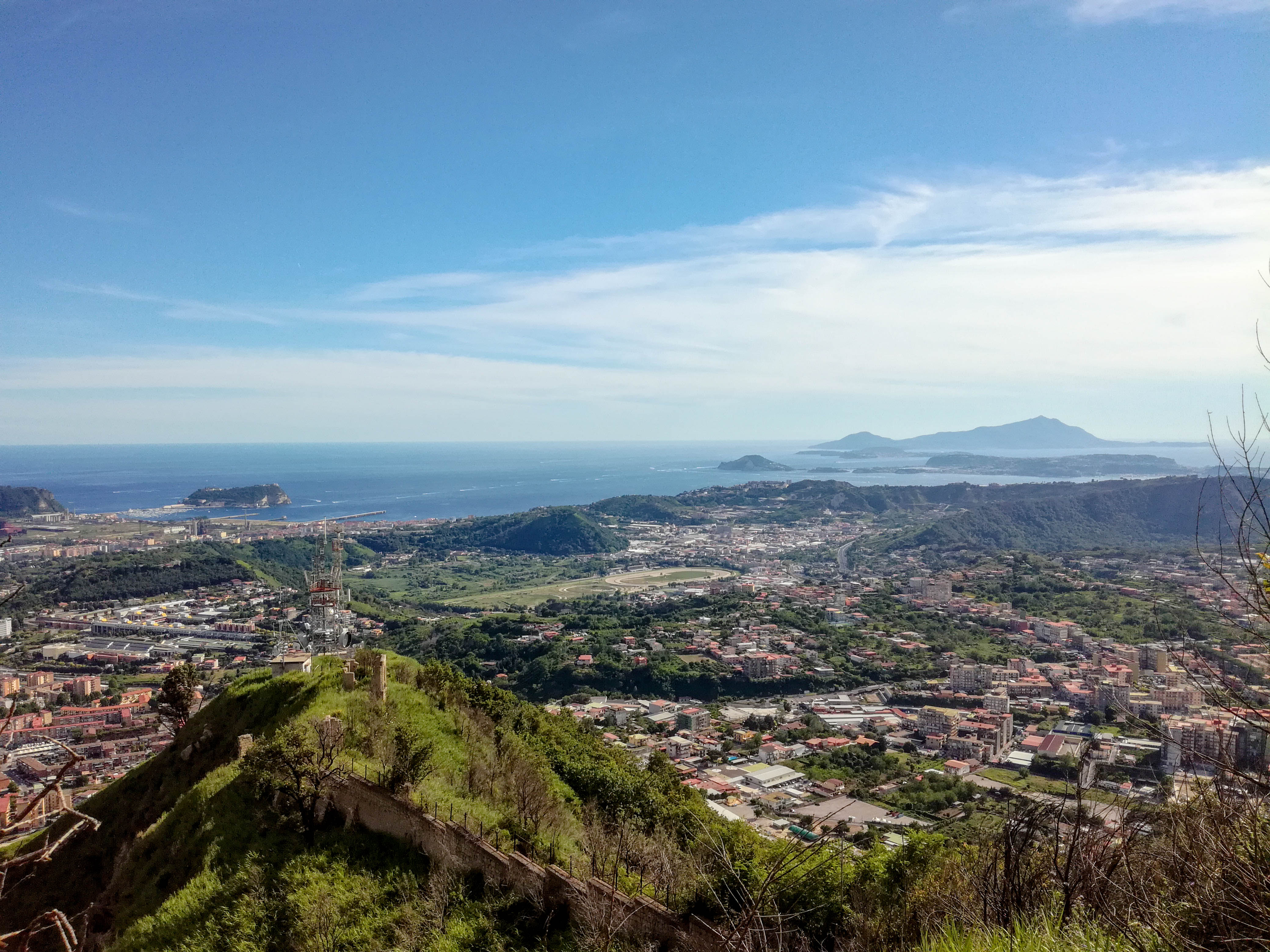Hermitage of Camaldoli (Naples) on:
[Wikipedia]
[Google]
[Amazon]



 The Hermitage of Camaldoli, in Italian Complesso dell'Eremo dei Camaldoli, is a hermitage in
The Hermitage of Camaldoli, in Italian Complesso dell'Eremo dei Camaldoli, is a hermitage in



 The Hermitage of Camaldoli, in Italian Complesso dell'Eremo dei Camaldoli, is a hermitage in
The Hermitage of Camaldoli, in Italian Complesso dell'Eremo dei Camaldoli, is a hermitage in Naples
Naples (; it, Napoli ; nap, Napule ), from grc, Νεάπολις, Neápolis, lit=new city. is the regional capital of Campania and the third-largest city of Italy, after Rome and Milan, with a population of 909,048 within the city's adminis ...
, Campania
(man), it, Campana (woman)
, population_note =
, population_blank1_title =
, population_blank1 =
, demographics_type1 =
, demographics1_footnotes =
, demographics1_title1 =
, demographics1_info1 =
, demog ...
, Italy
Italy ( it, Italia ), officially the Italian Republic, ) or the Republic of Italy, is a country in Southern Europe. It is located in the middle of the Mediterranean Sea, and its territory largely coincides with the homonymous geographical ...
— also known in Italian as ''Eremo Santissimo Salvatore Camaldoli.'' Originally intended as an actual hermitage, a place for religious seclusion for male ascetics, the complex has served Brigidine nuns since 1998. The complex is located at Via dell'Eremo 87, at an elevation of 458 meters (1502'), the highest point in Naples.
History
Founded at the request of Giovanni D'Avalos, son of Alfonso d'Avalos, Marquise del Vasto, the hermitage was constructed in 1585 by the Camaldolese congregation of Monte Corona on the ruins of an ancient chapel, founded by San Gaudioso in 439. On November 23, 1662, Pope Alexander VII elevated the Hermitage to a Novitiate. In May 1771 Pope Clement XIV combined it with three other convents. During its life, the monastery was suppressed twice; first during the Napoleonic period in 1807. With the beginning of Naples' so-called French decade, the monastery and the church were stripped of all property and the monks expelled from the convent. In 1820Ferdinand I, King of the Two Sicilies
Ferdinand I (12 January 1751 – 4 January 1825) was the King of the Two Sicilies from 1816, after his restoration following victory in the Napoleonic Wars. Before that he had been, since 1759, Ferdinand IV of the Kingdom of Naples and Ferdinand ...
, decreed the hermits could return.
In 1866, due to suppression laws issued by the Savoy unitary government, the Camaldolese were again expropriated of all assets and expelled again. They returned there definitively in 1885, with the help of Cardinal Guglielmo Sanfelice d'Acquavilla, who interceded on their behalf and allowed restitution of what had been taken from the monks. In 1885, the complex was again assigned and entrusted to the Benedictine Camaldolesis.
By the late 1990s, due to the drastic reduction of vocations, only two monks remained. Since 1998, after being renovated and refurbished, the hermitage has served the Brigidine nuns of the order of the Santissimo Salvatore of Santa Brigida.
Architecture and art
Replacing the ancient church accommodated on the site, the new complex was designed by Domenico Fontana, reflecting the sixteenth-century architecture of the late Renaissance of Campania. The monestery complex includes the main church with its bell tower, the large main guesthouse, with guest rooms overlooking a wide panorama from Vesuvius, Capri and Ischia; 16monastic cell
A cell is a small room used by a hermit, monk, nun or anchorite to live and as a devotional space. Cells are often part of larger cenobitic monastic communities such as Catholic and Orthodox monasteries and Buddhist vihara, but may also form sta ...
s, each with bathroom, heat and telephone; two refectories; meeting and reading room; library; conference room :— all surrounded by cultivated kitchen gardens. The property hosts numerous cell tower
A cell site, cell tower, or cellular base station is a cellular-enabled mobile device site where antennas and electronic communications equipment are placed (typically on a radio mast, tower, or other raised structure) to create a cell, or adj ...
s and satellite dishes, befitting its location on the highest point in Naples.
The church's large altar is the work of Cosimo Fanzago
Cosimo Fanzago (Clusone, 12 October 1591 – Napoli, 13 February 1678) was an Italian architect and sculptor, generally considered the greatest such artist of the Baroque period in Naples, Italy.
Facade Santa Maria della Sapienza.
Biography
Fanz ...
, and numerous significant paintings and frescoes include those by Francesco Francanzano; Angelo Mozzillo; Luca Giordano
Luca Giordano (18 October 1634 – 3 January 1705) was an Italian late-Baroque painter and printmaker in etching. Fluent and decorative, he worked successfully in Naples and Rome, Florence, and Venice, before spending a decade in Spain.
Earl ...
(the Immaculate Conception, the Transfiguration and the Sacred Family in front of the Cross); Giovanni Bernardino Azzolini (The Miracle of St. Bernardino); Federico Barocci
Federico Barocci (also written ''Barozzi'')(c. 1535 in Urbino – 1612 in Urbino) was an Italian Renaissance painter and printmaker. His original name was Federico Fiori, and he was nicknamed Il Baroccio. His work was highly esteemed and inf ...
; Antiveduto Gramatica and Massimo Stanzione (The Last Supper); Luigi Rodriguez
Luigi Rodriguez, also called Luigi Roderico (active early 17th century) was a Spanish- Italian painter, active in Naples, Italy.
He is described by De Dominici as a pupil under Belisario Corenzio. He painted canvases in the church of Santa Maria ...
, Fabrizio Santafede; Cesare Fracanzano, and Ippolito Borghese
Ippolito Borghese (late 16th century – March 1627) was an Italian painter of the late-Renaissance, born in Sigillo (near Perugia).
His training was probably in Rome, where he became a follower of Scipione Pulzone and was influenced by the pai ...
.
References
External links
{{coord, 40.858200, N, 14.192060, E, source:itwiki_region:IT, format=dms, display=title Religious buildings and structures completed in 1585 Camaldolese monasteries in Italy Benedictine monasteries in Italy Churches in Naples 1585 establishments in Italy Christian monasteries established in the 16th century